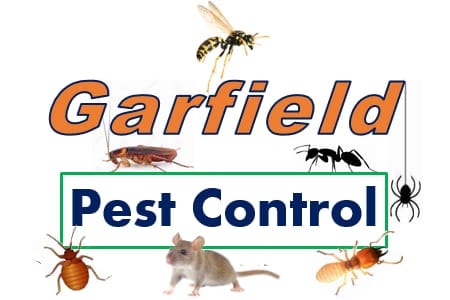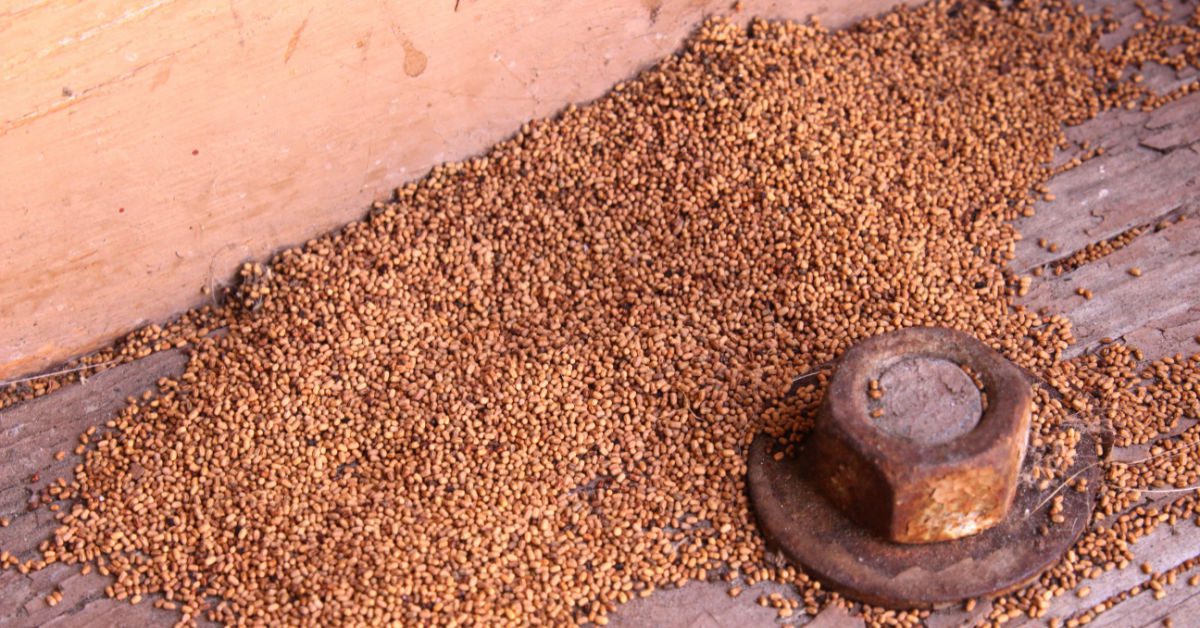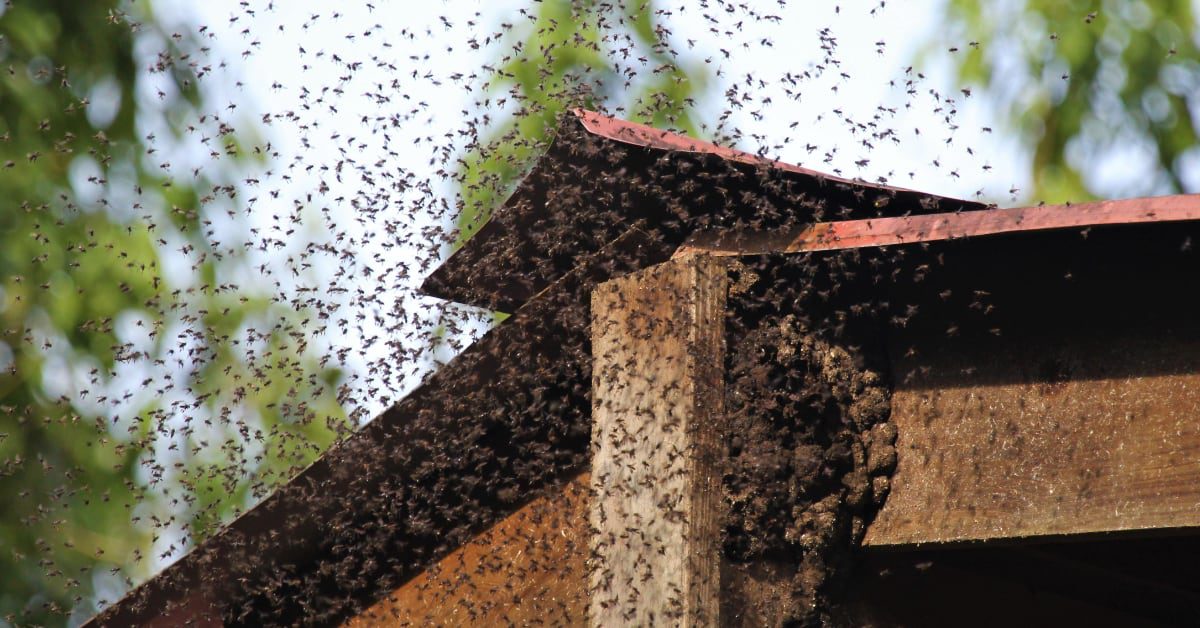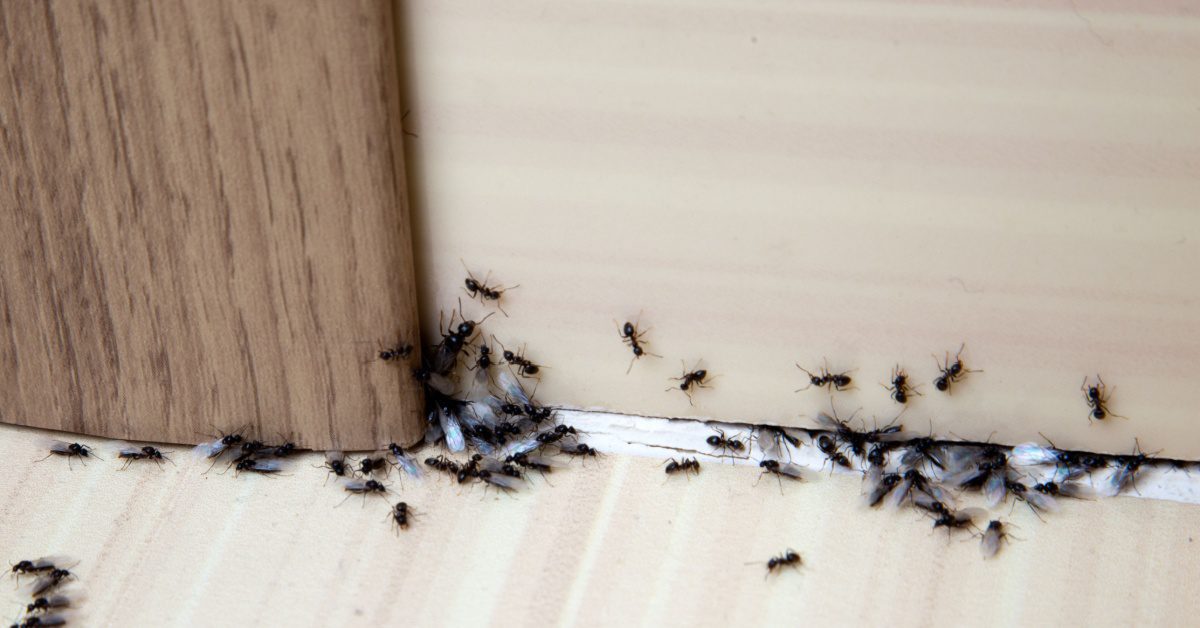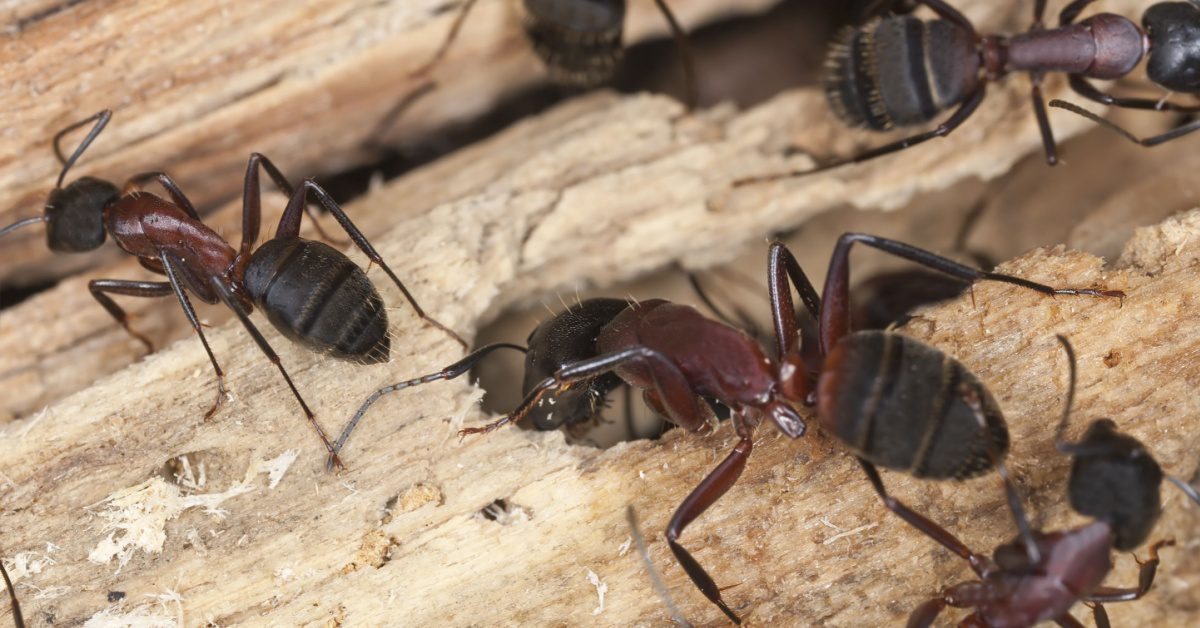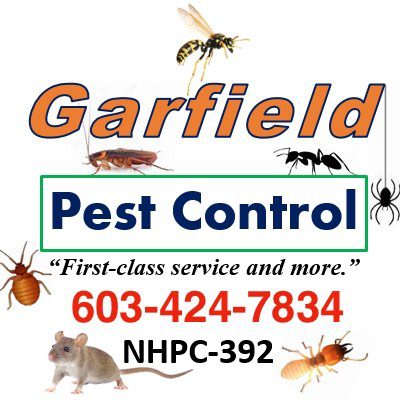Your Guide To The Signs of a Pest Infestation
Pests are a common problem that can cause significant damage to property and pose a risk to human health. Unfortunately, a pest infestation can be challenging to detect, especially in the early stages.
This article will explore the eight signs of a pest infestation, including droppings, foul odor, footprints, bites on the skin, fecal and blood stains, nests, physical damage, plant damage and pest visibility and sound.
Droppings
One of the most common signs of a pest infestation is droppings. Different pests produce different types of droppings, which can help identify the type of pest present.
Here are a few examples of the dropping types for a few pests.
Rodents
Rodents such as rats and mice droppings are small, typically oblong and resemble rice grains. They are usually dark brown or black. In contrast to size and shape, cockroaches leave small, cylindrical droppings.
Rodent droppings are generally found where these pests are active, such as near food sources or nesting areas.
Insects
Insect droppings vary in size and shape depending on the type of insect. They can range from small black dots to larger pellets and typically are found where insects are active, such as on windowsills or near food sources.
Bed Bed Bugs
Bed bug droppings are one of the key signs of a bed bug infestation. These tiny insects feed on blood, and as a result, they leave behind droppings that can be seen on surfaces like mattresses, bed frames, and bedding. In addition, their droppings may also be found in areas where they hide, such as in cracks and crevices in walls, floors, and furniture. Bed bug droppings look like small, dark spots about the size of a period at the end of a sentence.
Bed bug droppings are often mistaken for other types of debris, such as dirt or mold. However, a few key characteristics distinguish bed bug droppings from other types of debris. First, bed bug droppings are typically found in clusters, as bed bugs tend to defecate in groups. Second, bed bug droppings will smear when touched, as they comprise digested blood.
One way to test whether it’s a suspected bed bug dropping is to wipe it with a damp cloth. If the spot smears and leaves a reddish-brown residue, it is likely to bed bug fecal matter.

Foul Odor
A strong, unpleasant odor is another sign of a pest infestation. Various pests, including rodents, cockroaches, and ants, can cause this odor. Rodents, in particular, can produce a robust musky smell that can be difficult to ignore. Cockroaches can also create a distinct musty odor often described as “rotten.”
Bed bugs emit a distinct, musty odor that can be pretty unpleasant. This odor is caused by the pheromones that bed bugs release, and it may be particularly noticeable in heavily infested areas.
Footprints
Footprints are another sign of a pest infestation, particularly in areas with soft soil or dust. Rodents and insects like mice, rats, ants and beetles can leave footprints behind as they move around the property. These footprints can help identify the type of pest present and the areas of the most affected property.
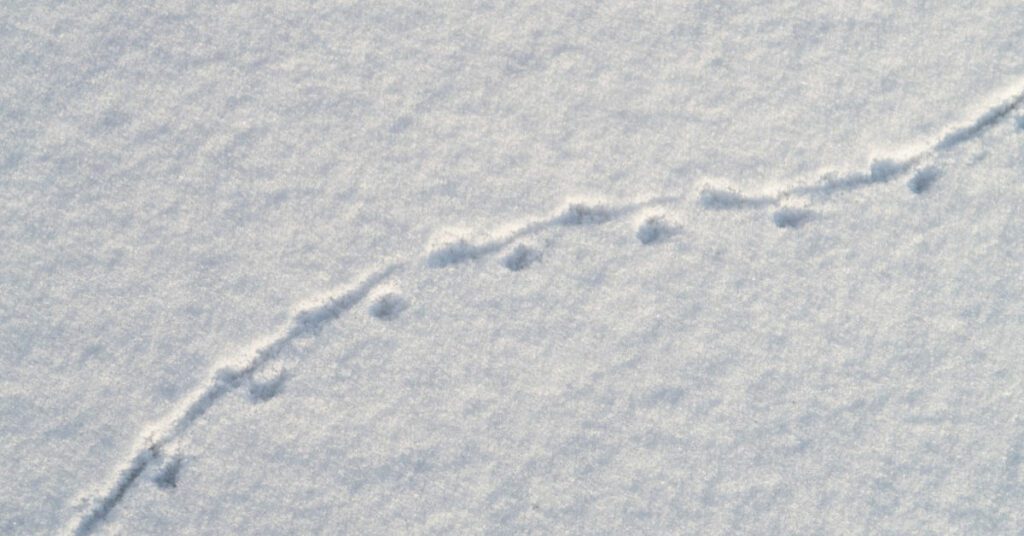

Bites, Fecal and Blood Stains
Here we refer to bed bugs as bites on your skin that can appear as small, red welts and can be very itchy. The bites are usually clustered together in a line or a zigzag pattern, and they may take a few days to appear after being bitten. When a carpet infestation occurs, they are often found from the knees to the feet.
Bed bugs are nocturnal and feed on blood during the night. As they feed, they often leave behind small bloodstains on your sheets, pillows, or mattress. These bloodstains are usually small and dark brown or rust-colored.
Bed bugs also leave behind dark, ink-like fecal stains on bedding, carpets and furniture. These stains are actually bed bug droppings and may be found near the areas where the bugs are hiding.
Nests
Different pests create different types of nests, which can help identify the type of pest present. For example, rodents build nests from materials like paper, fabric, and grass, while ants create nests in soil and wood. Therefore, identifying and eliminating nests is vital in eliminating a pest infestation.
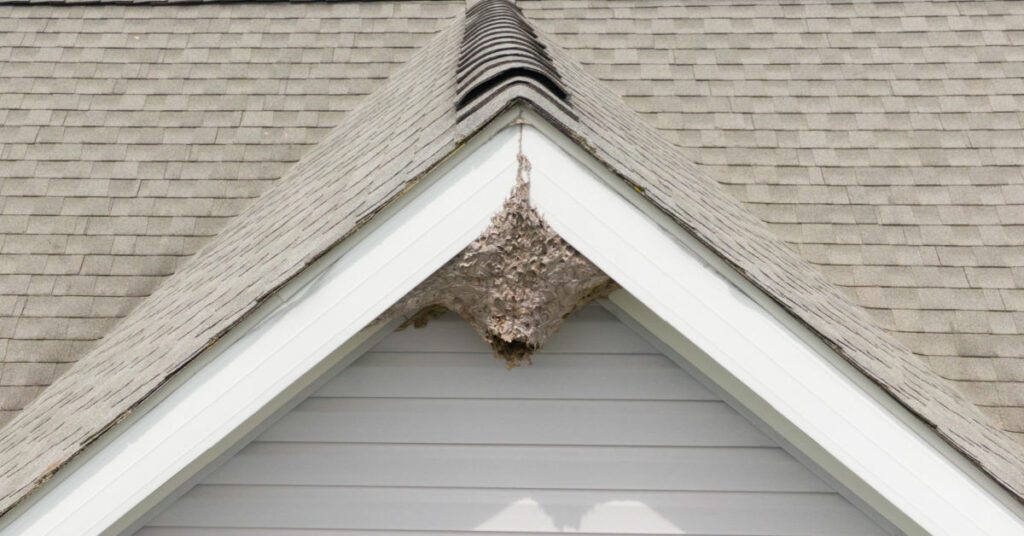

Physical Damage
Physical damage to property components is another sign of a pest infestation. For example, pests like rodents can chew through wires, insulation, and wood, while insects like termites can cause significant damage to wooden structures.
If you notice signs of physical damage, it is vital to take action quickly to prevent further damage, which can result in the foundation’s structural weakness in the case of termites, for example.
Plant Damage
Plant damage, particularly in outdoor areas, is another sign. Pests like aphids, mites, and whiteflies can cause significant damage to plants, while rodents can eat fruits and vegetables.
Pest Visibility and Sound
In severe infestations, you can see various pests, perhaps a mouse running across the room while watching TV or hearing cockroaches sounding off at night and mice trickling in your walls.
Know The 10 Signs of a Pest Infestation To Avoid Increased Problems
Identifying the signs of a pest infestation is critical in eliminating pests from your property. Knowing the signs of a pest infestation can quickly prevent further damage and protect your property and health as many dropping types can transmit disease.
So, if you see the signs of a pest infestation and suspect you have a pest problem, contact a professional pest control company immediately, as they have the expertise and tools needed to eliminate pests safely and effectively. Garfield Pest Control in New Hampshire is ready to assist you. Contact us today.
